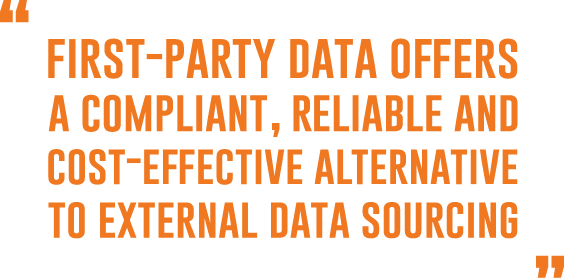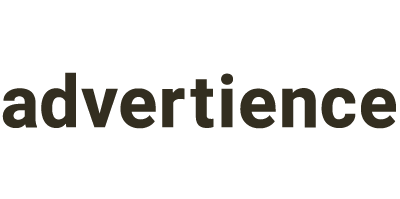First-Party Is The Best Party
By advertience | June 6, 2023 | Insights
One of the distinct advantages of first-party data is its potency in identifying and defining audience segments for prospecting and re-marketing. These data-driven tactics help digital marketing agencies optimize their campaigns, enhance the customer journey, and ultimately boost conversion rates. Here, we examine three compelling examples of how first-party data delivers superior targeting and conversions.…

One of the distinct advantages of first-party data is its potency in identifying and defining audience segments for prospecting and re-marketing. These data-driven tactics help digital marketing agencies optimize their campaigns, enhance the customer journey, and ultimately boost conversion rates. Here, we examine three compelling examples of how first-party data delivers superior targeting and conversions.
Pros of Google Analytics 4 (GA4)
- Personalization: Consumers today expect personalized experiences, and first-party data is the key to delivering on this expectation. For example, a fashion retailer can leverage purchase history and browsing behavior data to recommend relevant products to their customers. This personalized approach not only increases customer engagement but also significantly boosts conversions and average order value.
- Predictive Analysis: First-party data can be used to predict future consumer behavior. A travel company, for instance, might use past booking data and search queries to identify patterns and trends. These insights can inform targeted marketing campaigns aimed at consumers likely to book a specific destination or travel package, enhancing conversion rates.
- Customer Retention and Loyalty: First-party data can be instrumental in identifying at-risk customers and devising strategies to retain them. For instance, a subscription-based service provider can track usage data and engagement metrics to predict churn risk. They can then use this data to create personalized re-engagement strategies, leading to improved retention rates.

Now, let’s explore three marketing channels that offer the best insights on audiences through first-party data.
- Website Analytics: Your company’s website is a treasure trove of first-party data. Tools like Google Analytics 4 provide in-depth insights into visitor behavior, such as pages visited, time spent on site, conversion rates, and traffic sources, among others. These insights are invaluable for understanding your audience and crafting targeted digital marketing strategies.
- Email Marketing: Email is another excellent channel for gathering first-party data. Open rates, click-through rates, and conversion data provide a wealth of information about subscriber interests and engagement. Additionally, personalized email surveys can offer deeper insights into customer preferences and satisfaction levels.
- Social Media: With social media platforms offering built-in analytics, businesses can gather first-party data on follower demographics, engagement rates, and content performance. This data can be instrumental in refining your social media strategy and targeting your content more effectively.
In conclusion, first-party data is critical to the success of modern digital marketing strategies. Its direct, reliable nature makes it a powerful tool for identifying and defining audiences, tailoring marketing efforts, and enhancing conversions. By leveraging first-party data through key channels like your website, email marketing, and social media, you can build a deeper understanding of your audience and deliver more value to your customers, ultimately driving business growth.




